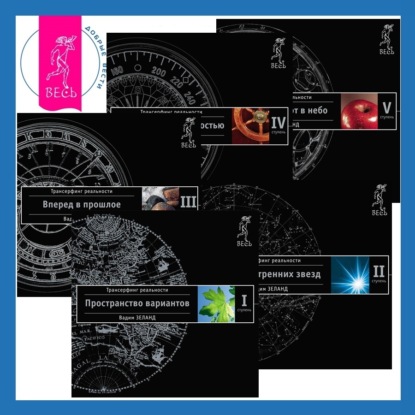Its champions-and its detractors-have often understood the novel as the genre par excellence of truthlessness. The Narrative Shape of Truth counters this widely accepted view. It argues instead that the novel has found new, historically specific configurations of truth and narrative. The nineteenth-century novel, in particular, can be understood as responding to the emerging tendency to view truth as inseparable from, rather than opposed to, time. Ilya Kliger offers a nonreductive way of reading the histories of philosophy and the novel side by side. He identifies the crucial moment in the epistemological history of narrative when, at the end of the eighteenth century, a new structural affiliation between truth and time emerged. This book examines novels by four authors-Balzac, Stendhal, Dostoevsky, and Tolstoy-as well as the writings of leading European intellectuals and philosophers. Kliger argues that the "realist" novel can be conceived as prompting us (and giving us the means) to think of truth differently, as immanent in a temporal shape rather than transcendent in a principle, a fact, or a higher order. Это и многое другое вы найдете в книге The Narrative Shape of Truth (Ilya Kliger)
The Narrative Shape of Truth Ilya Kliger (книга)
Подробная информация о книге «The Narrative Shape of Truth Ilya Kliger». Сайт не предоставляет возможности читать онлайн или скачать бесплатно книгу «The Narrative Shape of Truth Ilya Kliger»















